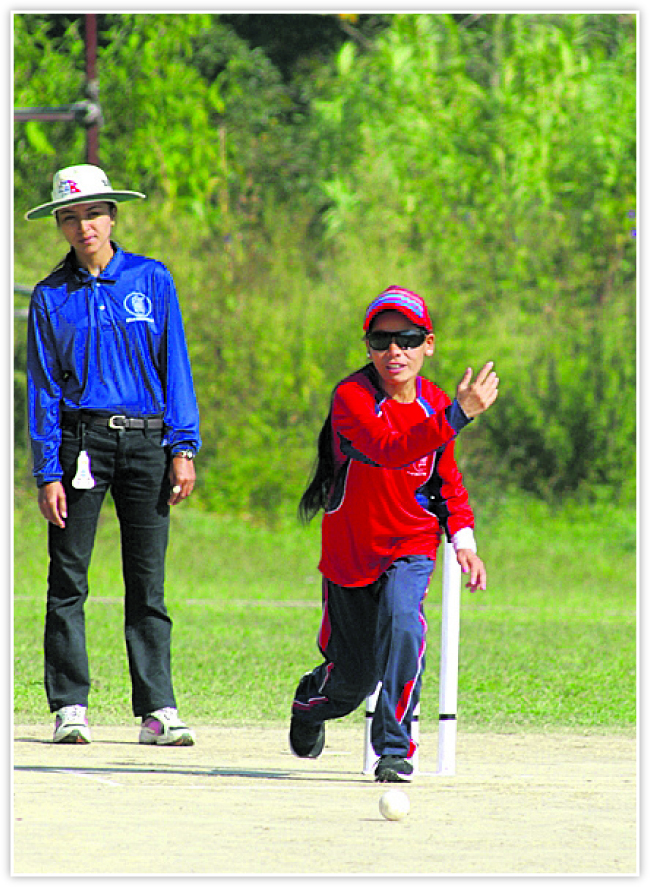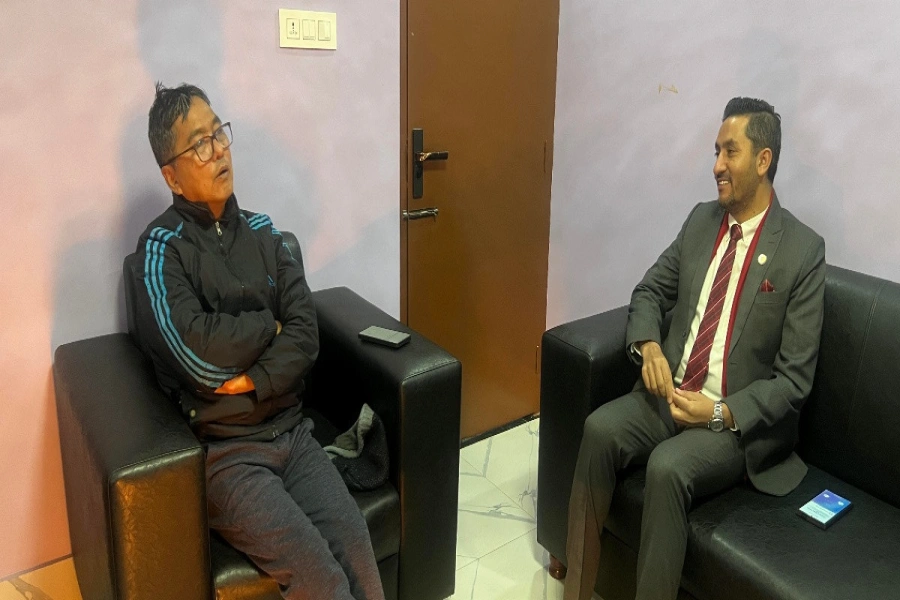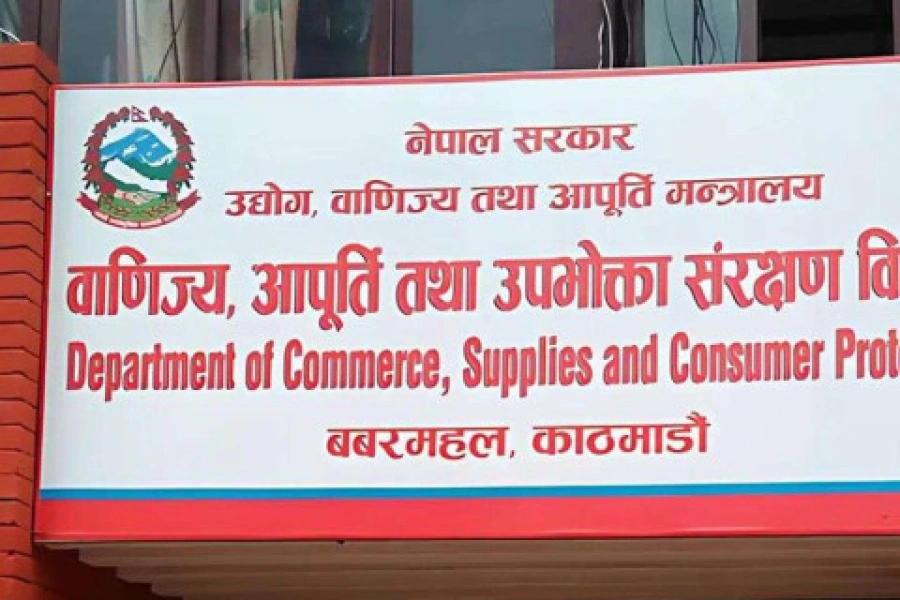11 years ago, the Cricket Association of the Blind Nepal (CAB Nepal) formed the first National Men’s Blind Cricket team in 2006. People had seen blind men play in tournaments but not women. This all changed in 2009 when the CAB Nepal established the first ever Women’s Blind Cricket Team in the world. Despite this achievement, there hasn’t been much advancement in the field of blind cricket. While the condition of this sport is still poor, women have it worse because a gender bias still exists. Regardless, women are still persevering and determined in spite of their hardships.

Nick Jonas celebrates one year of 'Sucker', shares unseen pictu...

It doesn’t help that the sport is designed around visually-abled people. Blind cricketers have had to compensate for their lack of vision so that they can play the game. The rules of blind cricket require players to be categorized into completely blind (B1), partially blind (B2) and partially sighted (B3). While all the different kinds of players have to be serious about the sport, the B1 category women are the ones with the most determination. To compensate for their visual imparity, the cricket ball contains bearings that rattle when rolled, so that it can be heard by the players. Bowling is always underarm so that the batsman can hit the ball with a sweeping motion. The sweeping motion still requires precise timing and is very difficult without proper practice. The bowler shouts “Ready?” before releasing the ball to which the batsman must respond with a “Yes”. Then the bowler shouts “Play” before the ball is released. The umpire declares a ball ‘no ball’ if the timing of these calls aren’t in sync. The people falling under the B1 category have runners to run for them when they hit the ball, and every run they make is counted as two. This insures fair treatment for the tiny number of completely blind players.
Although not completely marginalized, blind people still have a hard time getting accepted by the society. These women, however, aren’t deterred by these variables however and have taken the indifference of the society as a challenge. “Participating in a game gives me a sense of satisfaction and accomplishment. On the field, I don’t feel bogged down by my disabilities. People who can see, come to watch games played by those who can’t,” says Sunita Nepali, a player in the women’s team.
Games, however, do come with their own set of challenges. Regardless of their determination and willpower, the condition of the women’s team is not up to par. The lack of funds for basic necessities seems to be hindering their progress. Sponsors have yet to reach out to the team, and even NGO donations are limited. The government has failed to support the national team. The girls have to come from districts like Banke and Ramechhap to practice and yet their practice sessions aren’t guaranteed because they don’t have a dedicated field. The people who are aware about the sport, treat it as a charity event even though it plays a significant part in the lives of the players. If they want to play internationally and move forward in the sport, they will have to improve.



































